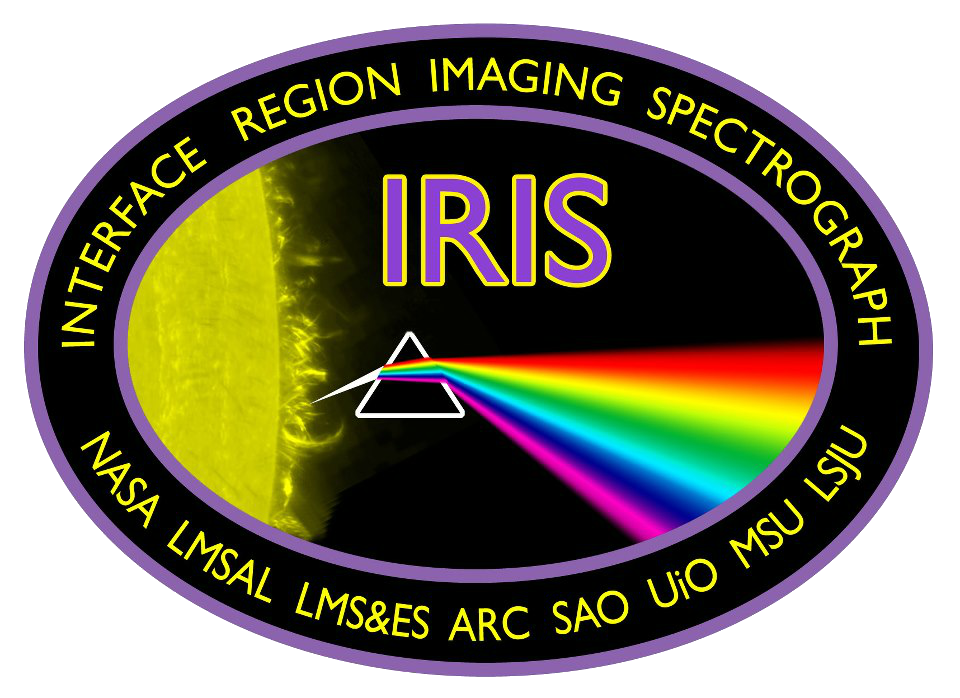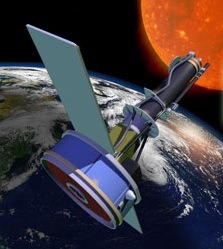IRIS
Interface Region Imaging Spectrograph

Mission Overview
The primary goal of the Interface Region Imaging Spectrograph (IRIS) explorer is to understand how the solar atmosphere is energized. The IRIS investigation combines advanced numerical modeling with a high resolution UV imaging spectrograph. IRIS will obtain UV spectra and images with high resolution in space. IRIS fills a crucial gap in our ability to advance Sun-Earth connection studies by tracing the flow of energy and plasma through this foundation of the corona and heliosphere.
The IRIS science investigation is centered on three themes of broad significance to solar and plasma physics, space weather, and astrophysics, aiming to understand how internal convective flows power atmospheric activity:
- Which types of non-thermal energy dominate in the chromosphere and beyond?
- How does the chromosphere regulate mass and energy supply to corona and heliosphere?
- How do magnetic flux and matter rise through the lower atmosphere, and what role does flux emergence play in flares and mass ejections?

Spacecraft Overview
The IRIS spacecraft is based in LMS&ES heritage from previous NASA science missions including Lunar Prospector, Spitze, IMAGE, XSS-11, and AMS , and benefits from three years of design and development for the GSFC ST-9 LST mission. Most components of the 3-axis stabilized LEO spacecraft are TRL 8 and have strong heritage of success with every component having performed successfully on orbit. The IRIS mission requires no spacecraft propulsion system. The spacecraft bus is comparable with the Pegasus-XL launch vehicle. To reduce risk instruments/spacecraft interfaces are tested early in the development phase. LMS&ES's subcontractor, Broadreach Engineering (BRE), provides all flight, ground and test software as well as the electrical ground support equipment (EGSE), flight proven on XSS-11. The IRIS spacecraft bus block configuration is designed for a minimum of three years of operation.
Status
On June 27, 2013, NASA's newest solar observatory was launched into orbit around Earth. The Interface Region Imaging Spectrograph, or IRIS, observes the low level of the sun's atmosphere -- a constantly moving area called the interface region -- in better detail than has ever been done before.
During its first year in space, IRIS provided detailed images of this area, finding even more turbulence and complexity than expected. The interface region lies at the core of many outstanding questions about the sun's atmosphere, such as how solar material in the corona reaches millions of degrees, several thousand times hotter than the surface of the sun itself or how the sun creates giant explosions like solar flares and coronal mass ejections. The interface region is also where most of the ultraviolet emission is generated that impacts the near-Earth space environment and Earth’s climate.
In its first year, IRIS fortuitously witnessed dozens of solar flares, including one X-class flare, and the foot points of a coronal mass ejection, or CME. IRIS must commit to pointing at certain sections of the sun at least a day in advance, so catching these eruptions in the act involves educated guesses and a little bit of luck. This information is courtesy of NASA.
